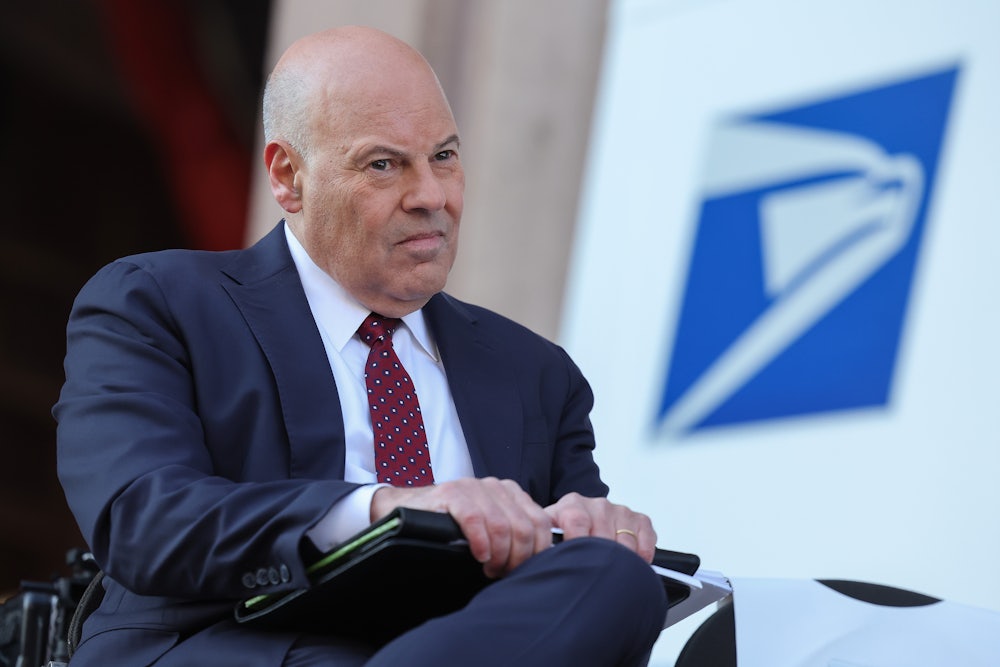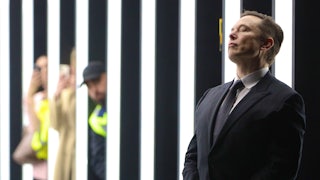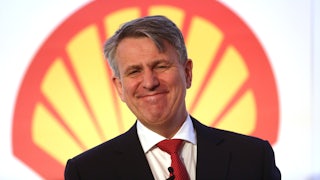This week, the United States Postal Service announced that it will purchase 66,000 electric vehicles to replace its aging fleet of iconic white delivery trucks and that, come 2026, all of its new vehicles will be E.V.s. The announcement is exciting, and an example of what supporters of the Green New Deal had been advocating for a while: that the U.S. government’s purchasing power is a key tool for speeding along decarbonization, creating markets for products that wouldn’t exist otherwise, and prodding companies to work out the kinks as they scale up production.
Still, it’s pretty small-bore stuff. The USPS only plans to electrify 40 percent of its fleet. The newly announced purchases also only represent about 10 percent of the existing federal fleet of cars, SUVs, and trucks, which is the largest in the world. That means the majority of the fleet will still run on gasoline for the foreseeable future. What’s more, the internal combustion engine–powered versions of the USPS’s “Next Generation Delivery Vehicles,” or NGDVs, get just 8.6 miles per gallon. How much more quickly could the USPS decarbonize without its Trump-appointed head, Louis DeJoy?
The potential for the USPS to act as an engine of decarbonization and set industry-wide standards for electrification is vast. But DeJoy—who’s talked repeatedly about downsizing and privatizing the USPS and has lucrative ties to private logistics firms—is unlikely to see things that way. Last year, he had floated a 10-year plan calling for just 10 percent of the agency’s new fleet to be electrified. The White House as well as labor, good governance, and conservation groups pushed back, and even the Government Accountability Office raised concerns over the plan. This week’s announcement is the resulting compromise.
But why is the Biden administration even negotiating with a Trump holdover? As an independent federal agency, the Postal Service has its head, the postmaster general, voted on by its White House–appointed, nine-member board of governors. Biden had the opportunity to replace two pro-DeJoy board members—Democrat Lee Moak and Republican William Zollars—after their terms expired on December 8. Despite outcry over DeJoy’s tenure from Democrats, both are currently on track to serve out an additional “holdover year.”
“The bottom line is that any increase in E.V. acquisition at USPS is in spite of DeJoy, not because of him,” said Vishal Narayanaswamy of the Revolving Door Project, a nonprofit watchdog group tracking administration appointments. “Electrification would be proceeding much faster if we had a board that could fire him.” Biden can only appoint one Democrat to the board but could fill the other seat with an independent rather than a Democrat. There’s little indication that the White House intends to do so. The administration, Narayanaswamy argues, “does not seem to care about replacing DeJoy and has more or less dropped it as a priority.”
No federal infrastructure blankets the country as thoroughly as post offices. As the country grapples with building out an electric charging infrastructure—the kind of thing needed to make widespread E.V. adoption a reality—post offices could be the centerpiece of a public charging network, which could also open up the opportunity for the perennially cash-strapped agency to collect an additional source of revenue. It could be a means, as well, for the Biden administration to meet its goal of standardizing pricing, plugs, and payment systems for E.V. chargers. That planning so far has been ceded to the private sector, with plenty of hiccups along the way. New rules for charging standardization first floated this summer are due to be finalized soon.
There are more expansive visions of what postal networks can do, as well. A proposal developed by several green groups and the Canadian Union of Postal Workers, “Delivering Community Power,” envisions Canadian post offices as home to charging infrastructure and solar power as well as vital services like postal banking—an alternative for the millions of mostly working-class people of color excluded from privatized banking services—and check-ins on the elderly, pioneered by the French mail carrier La Poste.
So far, though, even the lowest-hanging fruit of an equitable transition is proving difficult to reach. While the Inflation Reduction Act has pegged certain tax credit benefits for clean energy to union wages, the company tasked with building the Postal Service’s NGDVs, Oshkosh Defense, will fulfill its federal contract with nonunion workers. Rather than being built at Oshkosh’s hometown Wisconsin facility—where workers are represented by UAW Local 578—the trucks will be built at a nonunion factory in South Carolina, a decision that sparked backlash from both the union and Democratic politicians. The UAW joined with the Natural Resources Defense Council on a lawsuit over the USPS contract with Oshkosh, alleging it ignored the National Environmental Policy Act.
It’s still possible for Biden to replace pro-DeJoy members of the USPS Board of Governors, paving the way for them to replace DeJoy himself. Until then, despite some promising recent announcements, the potential of the USPS to propel an energy transition will continue to go untapped.






